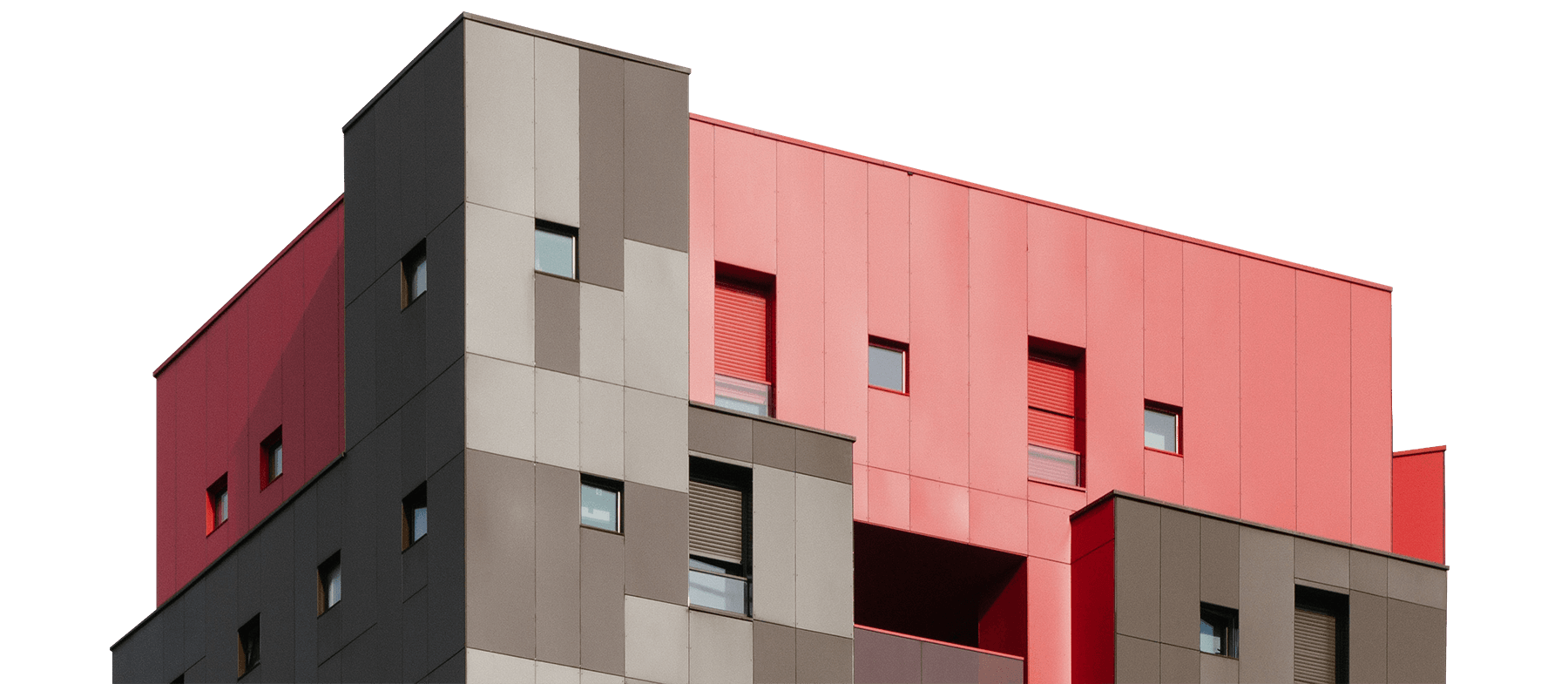Lighting is an often-underestimated element in interior design, yet it holds immense power to transform spaces, dictate mood, and enhance functionality. From creating ambiance to highlighting architectural features, the strategic use of lighting can significantly impact the overall aesthetic appeal and livability of a room. This article delves into the multifaceted role of lighting in interior design, exploring its various functions and the importance of thoughtful lighting design.
Ambiance and Mood Setting:
One of the primary functions of lighting in interior design is setting the ambiance and mood of a space. Soft, diffused lighting with warm tones can create a cozy and inviting atmosphere, perfect for relaxation in living rooms or bedrooms. Conversely, brighter, cooler lighting can infuse spaces with energy and vibrancy, making them more suitable for areas like kitchens or home offices. By carefully selecting the color temperature and intensity of light fixtures, designers can tailor the ambiance to suit the desired mood of each room.
Highlighting Architectural Features:
Strategically placed lighting fixtures can accentuate architectural features and showcase decorative elements within a space. Whether it’s illuminating a stunning piece of artwork, emphasizing a unique architectural detail, or spotlighting cherished décor items, lighting serves as a powerful tool for drawing attention and creating focal points. Techniques such as up lighting, down lighting, and accent lighting can be employed to enhance the visual impact of specific elements, adding depth and interest to the overall design.
Task Lighting:
Task lighting is essential for providing adequate illumination for activities that require focused attention, such as reading, cooking, or working at a desk. Proper task lighting ensures optimal visibility and reduces eye strain, contributing to increased productivity and comfort. Task lighting fixtures, such as desk lamps, under-cabinet lights, and adjustable floor lamps, should be strategically positioned to minimize glare and shadows while providing targeted illumination precisely where it’s needed.
Visual Comfort:
In addition to illuminating spaces effectively, lighting design must prioritize visual comfort to ensure a pleasant and enjoyable experience for occupants. Factors such as glare, flicker, and color rendering play a crucial role in determining visual comfort levels. Glare can be mitigated through the use of diffusers, shades, or indirect lighting techniques, while flicker-free lighting sources help prevent eye strain and discomfort. High-quality LED fixtures with excellent color rendering properties ensure that colors appear true-to-life, enhancing the overall visual appeal of the space.
Spatial Perception and Dimension:
Lighting can significantly influence the perception of space, altering its perceived size, shape, and height. By strategically placing light fixtures and employing specific lighting techniques, designers can create illusions that make rooms appear larger, more intimate, or more expansive. For example, recessed lighting can be used to wash walls with light, visually expanding the boundaries of a room, while pendant lights or chandeliers can draw the eye upward, creating the impression of higher ceilings.
Energy Efficiency and Sustainability:
With growing concerns about environmental sustainability, energy-efficient lighting solutions have become increasingly prevalent in interior design. LED lighting, in particular, offers numerous benefits, including reduced energy consumption, longer lifespan, and lower maintenance costs. By incorporating energy-efficient fixtures and employing lighting controls such as dimmers, timers, and motion sensors, designers can minimize energy usage while maximizing the longevity and sustainability of lighting systems.
Integration with Technology:
Advancements in lighting technology have paved the way for innovative solutions that enhance control, customization, and convenience. Smart lighting systems, equipped with sensors, wireless connectivity, and programmable features, allow users to adjust lighting settings remotely via smart phones or voice commands. These systems can be programmed to create personalized lighting scenes, adapt to changing daylight conditions, and optimize energy usage, providing both flexibility and efficiency in lighting design.
+ Innovation + Design
+ Innovation + Design
+ Innovation + Design
Innovation + Design
Innovation + Design
Innovation + Design
Conclusion
In conclusion, lighting plays a multifaceted role in interior design, encompassing aspects of ambiance, functionality, aesthetics, and sustainability. From setting the mood to highlighting architectural features, proper lighting design is essential for creating visually appealing, comfortable, and functional spaces. By understanding the various functions of lighting and leveraging advanced technologies and techniques, designers can elevate the overall quality of interior environments, enriching the experiences of occupants and enhancing the beauty and functionality of the spaces they inhabit.


